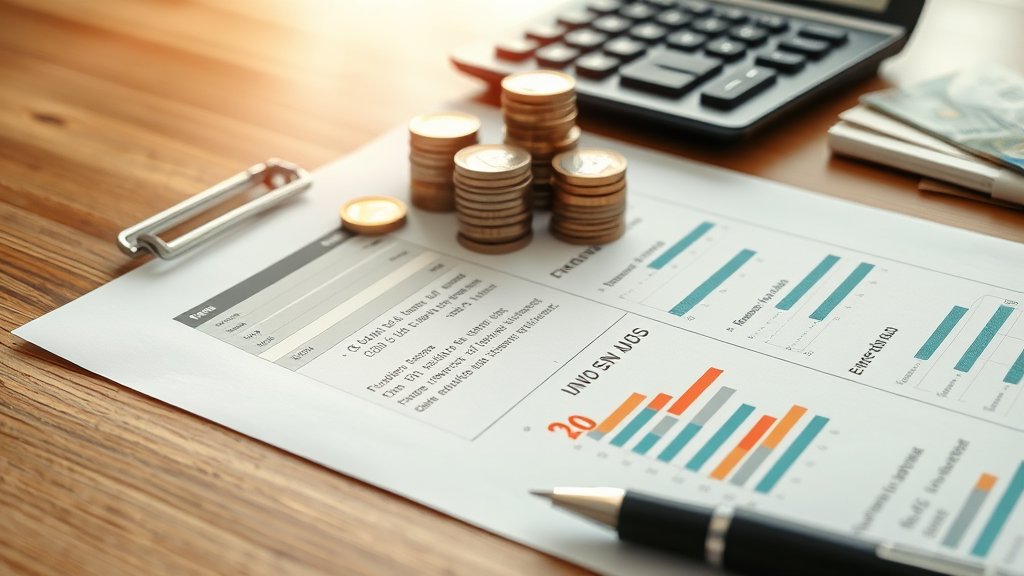Ever wondered how to make the most of your savings in the Netherlands? Understanding Dutch tax laws and optimizing your savings strategy is key. This article delves into the nuances of saving money, tax rates, and how to get the best out of your savings strategy. Let’s break it down into bite-sized chunks.
Understanding dutch tax laws on savings
Alright, let’s talk about something that might not seem exciting at first glance but is super important – Dutch tax laws on savings. In the Netherlands, savings aren’t just sitting in your bank account untouched by the taxman. Oh no, there’s a system in place to ensure those euros are contributing their fair share.
First things first, every resident in the Netherlands is subject to wealth tax, which is officially known as “Box 3” tax. This applies to savings, investments, and other assets. The idea here is pretty straightforward: if you have a certain amount of wealth, you pay tax on it. But don’t panic just yet; it’s not as scary as it sounds.
The tax-free allowance – that’s the magic number everyone wants to know. As of recent updates, individuals can enjoy a tax-free allowance on their savings up to €50,000 (and €100,000 for couples). This means if your savings fall under this limit, you’re in the clear. It’s above this threshold where things start getting interesting. hoeveel belasting over spaargeld is then determined based on different tax brackets.
Tax rates and brackets
Now, let’s dive into the nitty-gritty of tax rates and brackets. Once your savings exceed the tax-free allowance, they fall into different brackets with corresponding tax rates. It’s a tiered system designed to be progressive, which means higher amounts of wealth face higher tax percentages.
The first bracket covers amounts above the tax-free allowance up to €100,000. Here you get taxed at a relatively modest rate. Moving up, the next bracket covers from €100,000 to €1,000,000 – quite a jump! And yes, you guessed it; the tax rate here is higher. Finally, anything beyond €1,000,000 lands you in the top bracket with the highest rate.
This tiered approach aims to balance the scales a bit. If you’re just starting out with your savings journey or have a moderate amount saved up, you’re not hit as hard. But for those with substantial wealth, well, it’s time to contribute more to public coffers.
How to optimize your savings strategy
So how can one navigate these waters efficiently? Optimizing your savings strategy is all about being smart with your money. First off, consider spreading your assets. Diversification isn’t just for investments; it applies to savings too. Think about high-interest accounts, bonds, or even real estate – anything that offers a decent return while staying within legal bounds.
Another tactic is using tax-advantaged accounts. In the Netherlands, some accounts offer benefits like reduced taxes or even exemptions if used for specific purposes like retirement or education. Leveraging these can save quite a bit in the long run. Resources such as wijzer in geldzaken provide valuable guidance on navigating these accounts effectively.
Finally, keep an eye on changing regulations. Tax laws aren’t set in stone; they evolve with economic conditions and political climates. Staying informed can help you adapt your strategy promptly and avoid unnecessary financial hits. Regularly consulting with a financial advisor can also provide personalized insights tailored to your unique situation.
In summary, understanding Dutch tax laws on savings and optimizing your strategy isn’t just for the financially savvy – it’s essential for anyone looking to make their money work smarter. With a bit of knowledge and strategic thinking, navigating these waters becomes much more manageable.




